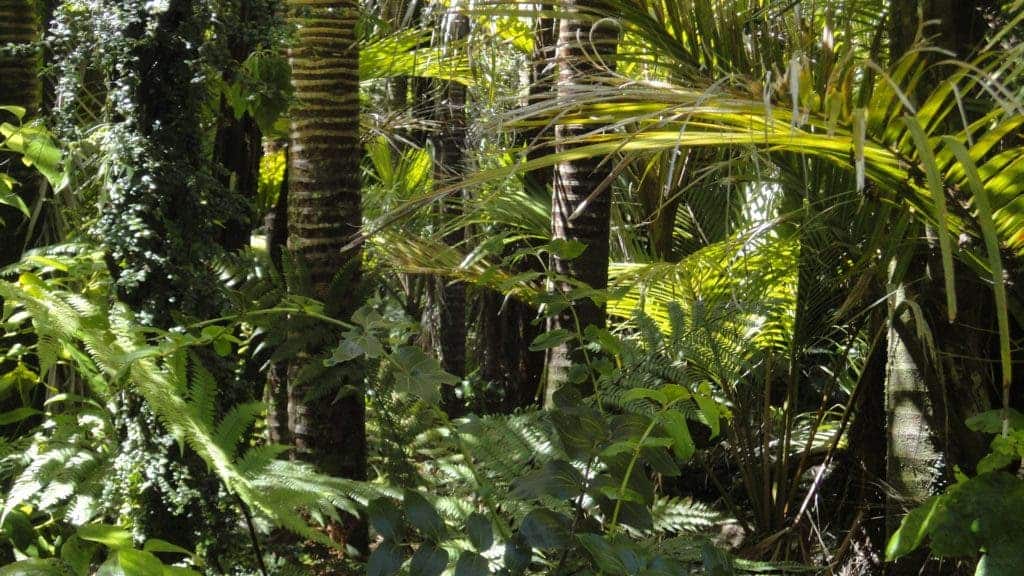Deforestation in Brazil’s Amazon forest has risen by 104% compared to November of 2018, according to data released by Brazil‘s National Institute for Space Research (INPE) on Saturday.

All in all, some 563 square kilometers (217 square miles) of forest were cut down in November, the largest area ever felled since November of 2015. It’s not only the sheer scale of deforestation that’s worrying, but also that it took part during the rainy season — when, traditionally, deforestation efforts slowed down.
A terrible toll
INPE’s report explains that between January and November of this year — which were the first 11 months in office for Jair Bolsonaro, a far-right leader who has eased restrictions on exploiting the Amazon — a total of 8,973.3 square kilometers (3464.6 sq mi) of the forest have been cut down.
That is almost double the total recorded over the first 11 months of 2018 (4,878.7 sq km).
The data was recorded by the DETER (Detecção de Desmatamento em Tempo Real), a satellite-based real-time deforestation detection system employed by INPE. The system uses data from the MODIS sensor aboard the Terra and Aqua NASA satellites. The system is mostly used as an indicator of the rate of deforestation but does not represent the whole area cut down, which is measured by the PRODES project.
According to PRODES readings — the system is more reliable but slower to compile data than DETER — between August 2018 and August 2019, the total deforested area in the Brazilian Amazon exceeded the 10,000 square kilometer threshold for the first time since 2008. It would represent a 43% increase over the preceding 12 month period (when the total was 7,033 sq km).
Areas of the Amazon that see indigenous habitation have experienced some of the fastest-rising rates of deforestation (74.5%) over the preceding period, INPE adds.
Ricardo Galvao, INPE’s former president, was sacked by the Bolsonaro government in early August under accusations of exaggerating the report on deforestation. On Friday, Galvao was named one of the 10 most important scientists of the year by the journal Nature.
The full report (link in Portuguese) can be read here.


